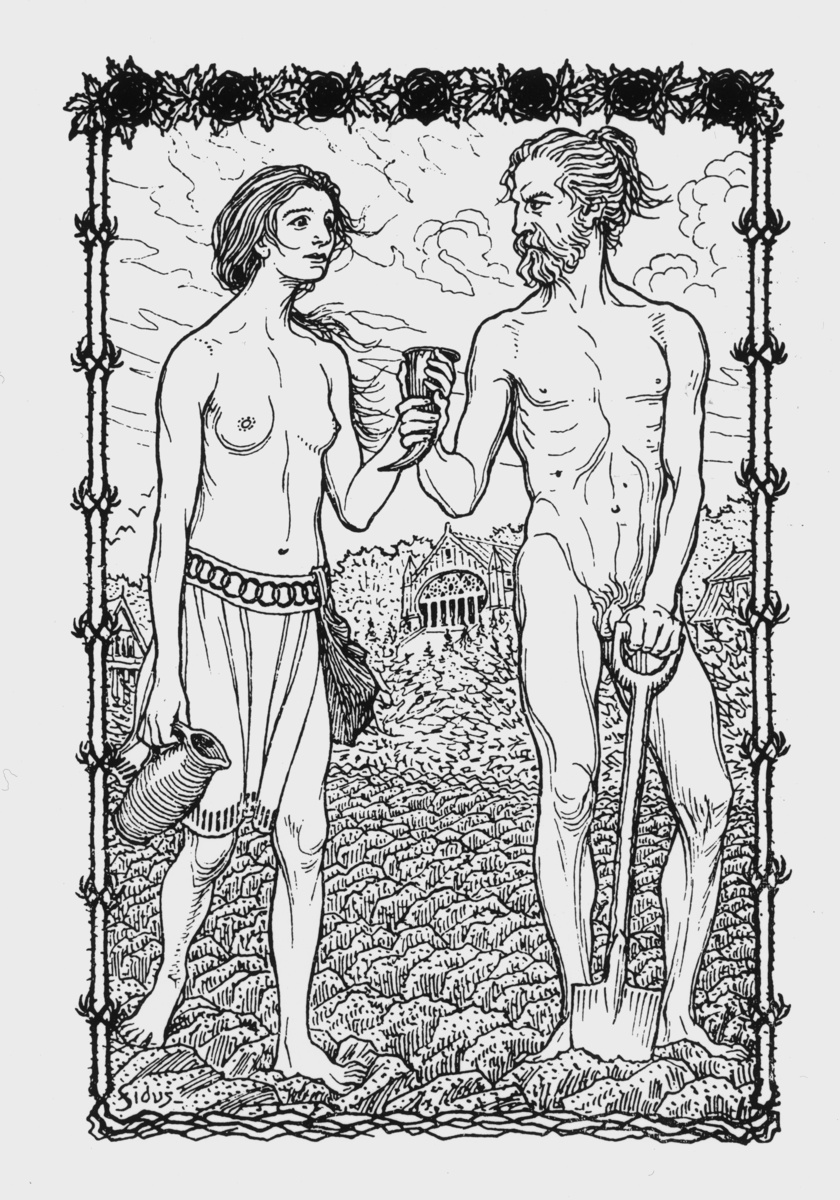Abstract
Rapid industrialization and urbanization in Germany during the
nineteenth century radically altered social and economic patterns that
had for centuries been based around agriculture and small towns and
villages. In response to these sudden changes, some Germans embraced
alternative lifestyles that focused on bringing people closer to nature.
The Lebensreform [life reform]
movement criticized and rejected industrialization and urbanization,
promoting vegetarianism, clothing reform to free people from physically
constricting fashions, and
Freikörperkultur [nudism], among
other things. Hiking and nature societies such as the
Wandervogel (founded in 1901 in a
Berlin suburb) were also part of the
Lebensreform movement. Some Germans
even chose a spirituality that revered nature and the human spirit over
the Judeo-Christian religious tradition under which they had been
raised.
The German artist Fidus (born Hugo Höppener, 1868-1948), a devoted
follower of the Lebensreform
movement, drew this 1910 illustration, entitled “Back to Nature – A
Couple.” Fidus’ art, which drew on the principles of Art Nouveau
[Jugendstil] and often reflected his
mystical beliefs, served as a direct inspiration for the psychedelic
artwork of the 1960s. This image presents a
Lebensreform ideal: a young man and
woman together, fulfilling their respective roles while working in
nature, free from constrictions like clothing and the urban environment.
This nineteenth century veneration of nature and the human spirit led
some to an affinity for the “blood and soil”
[Blut und Boden] ideology adopted by
the National Socialists in the twentieth century. Fidus was attracted to
Nazism for this reason and became a member of the Nazi party in 1932.
Despite his enthusiasm for the Nazi ideology, Fidus was not embraced by
party functionaries. The Nazis banned the sale of his work in 1937.
